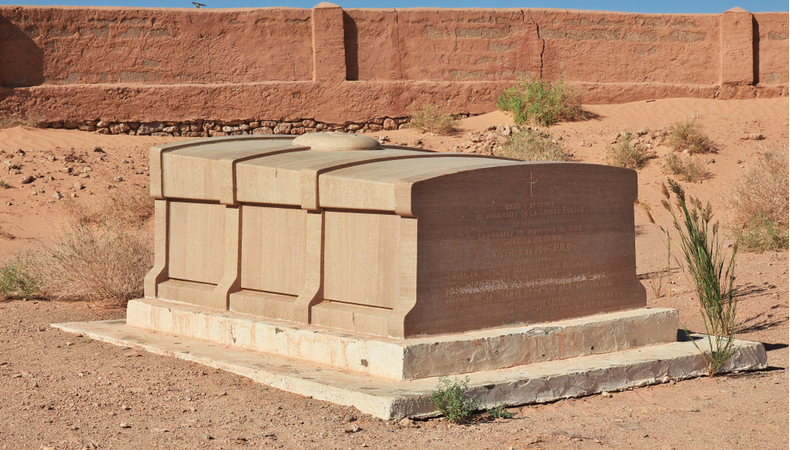A Tunisian artist inaugurates a cemetery for migrants who died at sea from Libya and Tunisia

From the cold and murderous waters of the Mediterranean to an oasis of peace. Eternal rest guaranteed with respect and dignity for those who tried to escape from wars, hunger, and violence and instead of redemption found death in the waves of the sea. Le Jardin de Afrique will be inaugurated on 8 June in Zarzis, a port town in southern Tunisia. It is a ‘Cemetery of the Strangers’ dedicated to migrants who drowned during the crossings of the Sicilian Channel aboard the boats that departed from the coasts of Libya and Tunisia.
“It will be a Heaven on earth”, explains its creator, creator, and financier, Rachid Koraïchi. A good part of the bodies recovered remain unnamed and traces of them are lost, until today thrown into common ossuary. “Mine is a gift to the memory of these people, absolute heroes,” says Koraïchi, explaining that he financed the project with the proceeds from the sales of his works of art.
A good part of the bodies recovered remain unnamed and traces of them are lost, thrown into common ossuary. In the past, also in Zarzis, a volunteer from the Tunisian Red Crescent had created a small cemetery for dead migrants without identity, a piece of arid land about a dozen kilometers from the seaside town, sadly accustomed to the tragedies of the sea. A corner of the territory where, over the years, dozens of bodies have been buried without much more being done due to lack of aid and funds from the Tunisian authorities.
Until 2018, when something has changed. Koraichi’s daughter lives in London and works for an international organization. One day she made her father aware of that cemetery in Zarzis and at that point, Koraïchi wanted to investigate the matter. “I was shocked, I could not accept that the bodies of people who died at sea could be buried in that place. I wanted to do something to help the volunteers and improve the cemetery. Hence the idea of creating Le Jardin de Afrique. The world health emergency has slowed everything down, the time has been lost, but in a few days, finally, we will inaugurate the facility.” Koraïchi explained, speaking to journalists.
Rachid Koraïchi, 74, is an internationally renowned artist who fled to Paris at the age of 21 in the dramatic French post-colonial period and the escalation of terrorism. Over time, after attending the academies of Fine Arts in Algiers first, and then in Paris, his level has grown: sculptor, ceramist, writer, and intellectual, a leading member of French and international contemporary art. After the production, Koraïchi felt within himself the need to put his works at the disposal of a just cause, creating something extraordinary, a mystical breath of reconciliation and the incarnation of spirits. The idea of the Garden of Africa, a sacred place dedicated to the least.
Through the sale of his works of art, keeping faith with the concept of self-financing, Rachid Koraïchi has achieved his goal by taking care of the design and construction of the Zarzis cemetery for the nameless castaways. And today he says: “I did not want to create a normal holy field where to bury the bodies, but to create something that honours the memory of the victims, but above all that can allow the families of the dead people to find their traces”.




